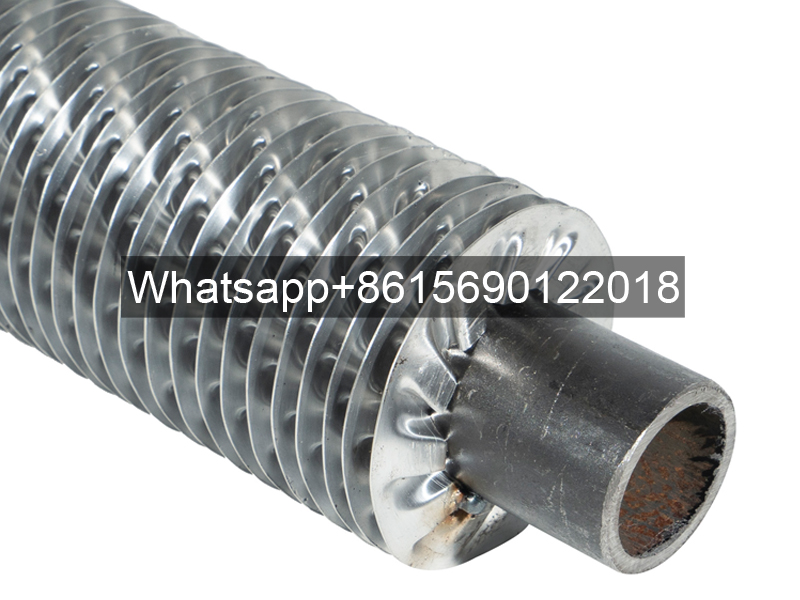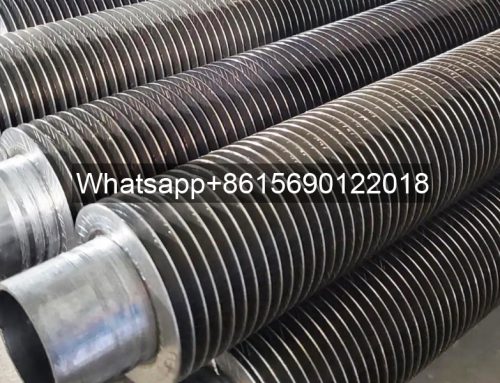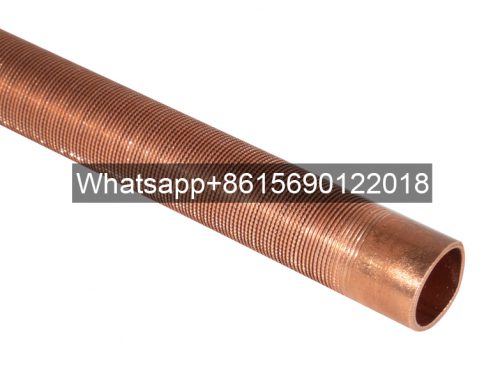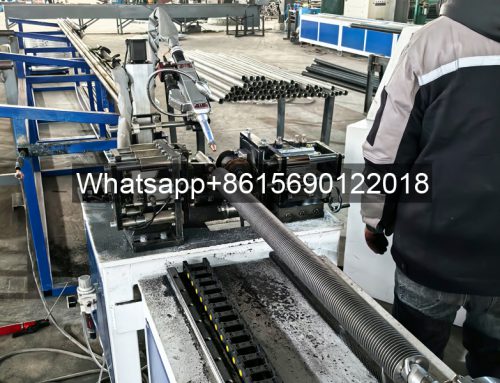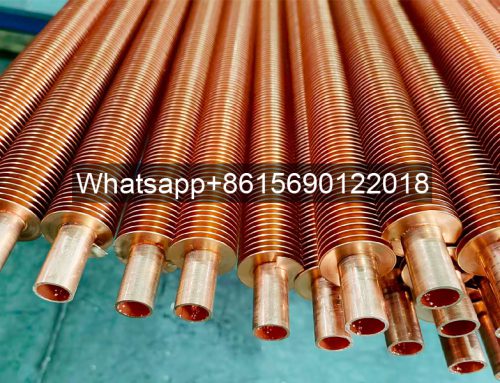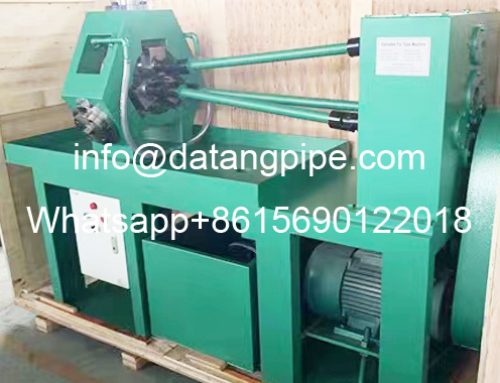Energy Transfer Finned Tubes for Heat Exchanger
Finned tubes serve as a core component for enhancing heat transfer, achieving efficient energy exchange through structural design and material optimization. Their working principles and technical characteristics can be summarized as follows:
I. Energy Transfer Finned Tube Energy Transfer Principles
-
Extended Heat Transfer Area
Finned tubes extend metal fins (such as spiral or serrated fins) from the base tube surface, significantly increasing contact area with the fluid. Experiments show that well-designed fins can improve heat transfer per unit length by 3–8 times. For example, the spiral-ring structure of T-shaped finned tubes induces turbulence and bubble nucleate boiling, reaching a heat transfer coefficient up to 10 times that of bare tubes. -
Fluid Disturbance Enhancement
Finned structures disrupt the thermal boundary layer and induce turbulence, accelerating heat transfer from the base tube to the fluid. Serrated fins can enhance the heat transfer coefficient by 20%–30% compared to straight fins, though at the cost of a ~15% increase in flow resistance. High-frequency welded finned tubes further intensify external airflow disturbance through spiral fin designs.
II. Energy Transfer Finned Tube Key Technological Approaches
-
Structural Optimization
- Fins must be optimized for height, spacing, and thickness: In air-side heat exchange, a spacing of 1.5–4 mm achieves an optimal balance between heat transfer and flow resistance.
- The tunnel structure of T-shaped finned tubes enhances nucleate boiling via localized negative pressure, requiring only a 2°C–4°C temperature difference for activation.
-
Materials and Manufacturing
- Base tubes are typically made of carbon or stainless steel, while fins use high-thermal-conductivity materials like aluminum or copper. 304 stainless steel finned tubes offer a thermal conductivity of 16.3 W/(m·K) in corrosion-resistant applications.
- High-frequency welding ensures metallurgical bonding, reducing contact thermal resistance by 15%–20%.
III. Energy Transfer Finned Tube Typical Applications
-
Industrial Heat Exchange
- Petrochemical industry: T-shaped finned tube reboilers reduce heat exchange area by 30% while maintaining efficiency under overload conditions.
- Power & Chemical sectors: High-frequency welded steel finned tubes enhance energy density in high-temperature steam heat exchange.
-
Civil Applications
- Heating systems: Finned tubes distribute heat uniformly through hot water or thermal oil.
- HVAC equipment: They facilitate heat exchange between cooling fluid and air, enabling refrigeration and temperature control.
The energy transfer efficiency of finned tubes relies on the synergy of structure, material, and fluid dynamics. Technological advancements continue to drive energy efficiency and carbon reduction in industrial and civil applications.


